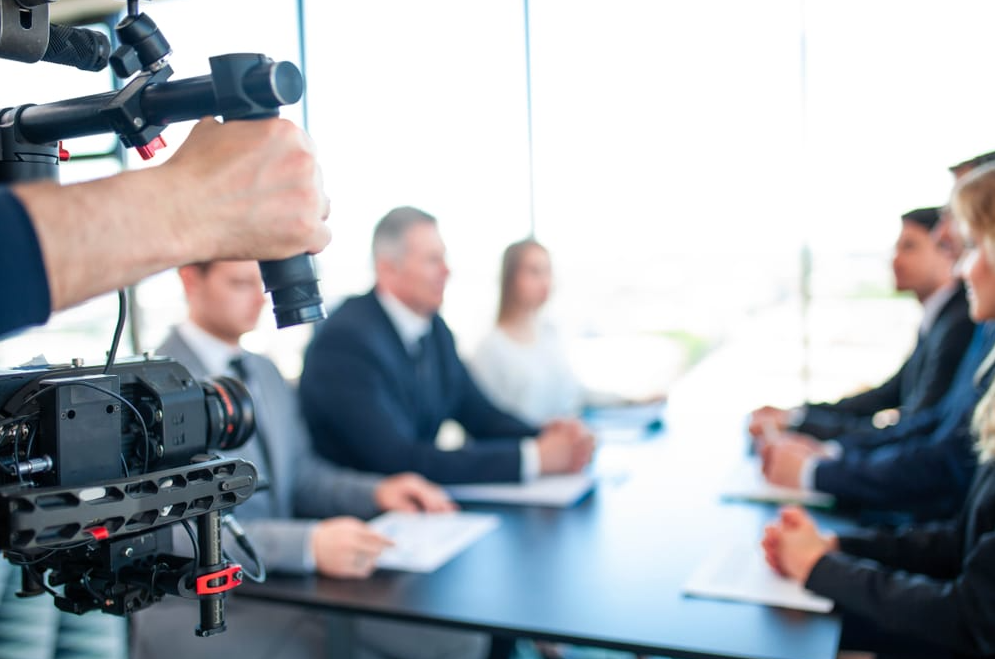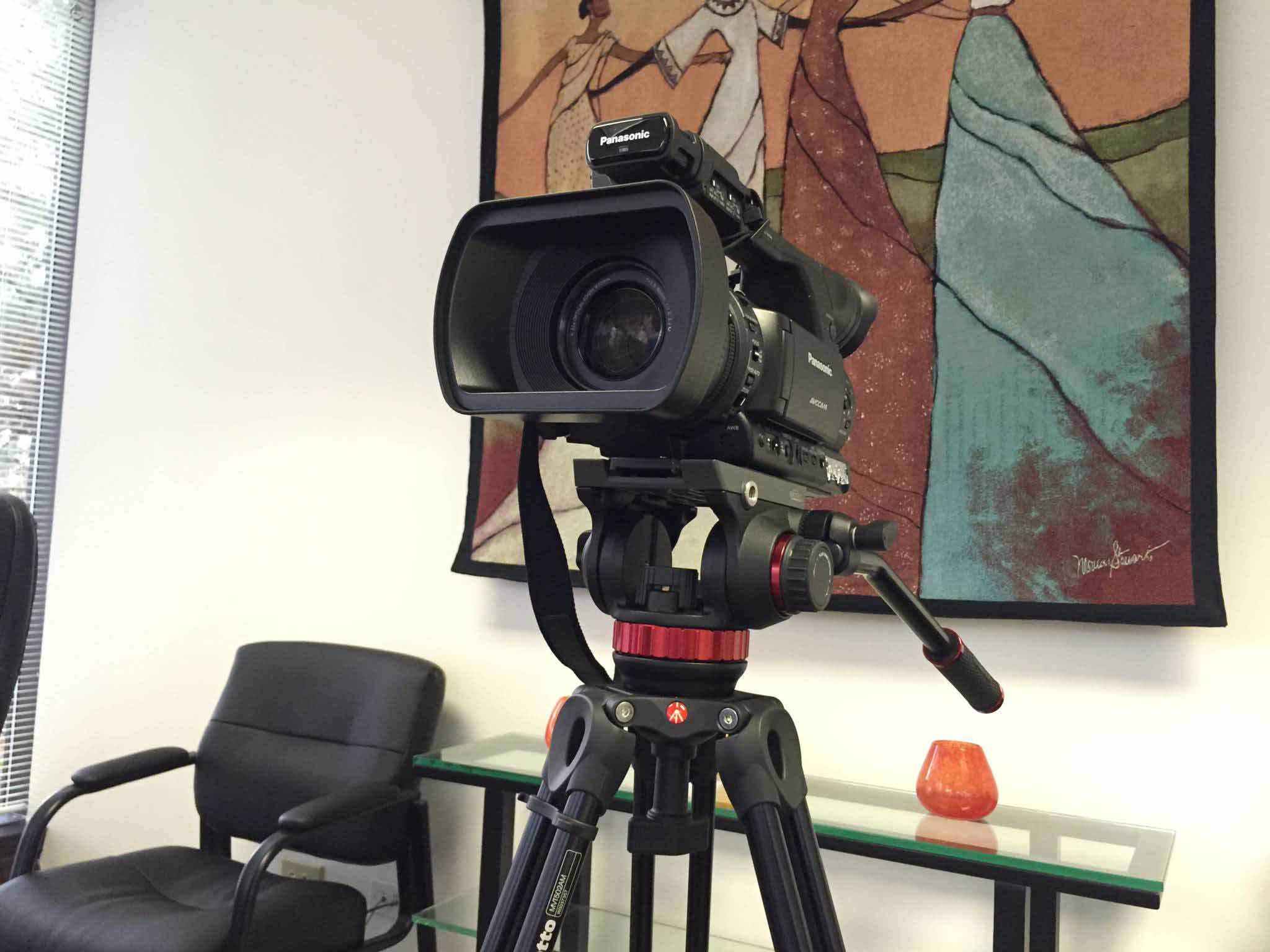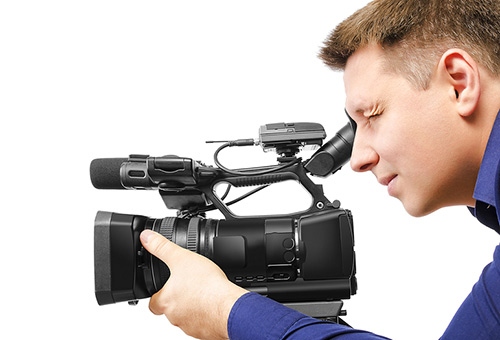The Duty of Legal Videography in Depositions and Tests
Lawful videography has emerged as a necessary device in both depositions and tests, supplying a multifaceted approach to recording witness testimonies. By capturing not only the talked word however likewise the subtleties of non-verbal interaction, this medium improves the reliability of statements and maintains important proof for future procedures (legal videography). As legal professionals significantly recognize its worth, it motivates a deeper examination of how these aesthetic records can affect juror assumptions and test end results. What implications might these developments hold for the future of legal technique?

Importance of Lawful Videography
Lawful videography plays a crucial role in the paperwork and discussion of depositions and trials. This specialized field combines technical abilities with legal knowledge to develop a trusted record of proceedings that can considerably influence instance results. The visual element of lawful videography enhances the understanding of witness testimony, permitting jurors and judges to observe not just the spoken words but also the disposition, feelings, and body movement of the witnesses.
Furthermore, lawful videography provides an unbiased account of events, decreasing the potential for misinterpretation that can accompany created transcripts alone. This visual documentation works as a vital tool during trial presentations, promoting a clearer and even more persuasive story for both plaintiffs and offenders. The capability to replay video sectors during court proceedings allows legal teams to emphasize crucial factors, enhancing their arguments effectively.
The significance of legal videography expands beyond the court; it also plays an important duty in protecting evidence for future referral, whether for appeals or additional lawsuit. As such, its combination right into the lawful procedure is crucial for ensuring a fair and exact depiction of the facts, inevitably adding to the pursuit of justice.

Process of Legal Videography
While capturing the subtleties of depositions and trials, the process of lawful videography involves several vital actions that guarantee top notch, precise recordings. Initially, an expert legal videographer prepares by evaluating the instance materials and comprehending the details requirements of the deposition or test. This prep work includes acquainting themselves with the individuals and the context, which aids in catching significant information.
On the day of the recording, the videographer establishes the required tools, which generally consists of high-definition cameras, microphones, and proper lighting. Guaranteeing optimal angles and audio high quality is crucial, as it straight affects the efficiency of the recording. The videographer connects with lawyers and individuals to establish protocols, making sure that everybody recognizes the recording procedure.
Throughout the deposition or test, the videographer meticulously tapes the proceedings, paying attention to both verbal and non-verbal cues. This consists of catching the temperament and reactions of witnesses and lawyers. After the session concludes, the videographer may modify the footage for clearness and compliance with legal standards, producing an end product that accurately mirrors the process for future referral and use in lawful contexts.
Advantages in Depositions
The unification of videography in depositions supplies countless advantages that improve the general procedure of gathering proof. One key benefit is the capacity to catch witness statements with aesthetic and acoustic integrity, giving a more precise depiction of the witness's demeanor, tone, and body movement. This multidimensional method allows attorneys and juries to examine trustworthiness better than conventional written transcripts alone.
Furthermore, videographed depositions work as a powerful device for maintaining testament. Should a witness ended up being inaccessible for test, their recorded deposition can be played in court, making certain that their proof stays available and appropriate. This facet significantly decreases the threat of shedding vital info that can affect situation outcomes.

Lastly, videography boosts the overall professionalism and trust of the deposition procedure, instilling confidence in customers regarding the thoroughness of their lawful depiction (legal videography). By leveraging modern technology, attorneys can dramatically boost the effectiveness of depositions
Influence On Tests
In numerous tests, the integration of videography can considerably affect the presentation of proof and the jury's assumption. Legal videography records witness testimonies and crucial proof in a dynamic style, permitting jurors to engage with the material on numerous degrees. This aesthetic part improves the storytelling facet of a test, offering context and psychological resonance that traditional text-based proof may do not have.
Additionally, video recordings can work as powerful tools for impeachment throughout cross-examination. When disparities occur in between a witness's previous statements and their courtroom testimony, video proof gives an unbiased recommendation that can guide jurors' opinions. This immediacy and clearness can bolster the reputation of a party's story while at the same time threatening opposing debates.

Future Trends in Legal Videography
As we look towards the future of lawful videography, several arising patterns guarantee to improve its function within the courtroom. One considerable trend is the combination of man-made intelligence (AI) in video analysis and editing and enhancing. AI can enhance the process of recognizing crucial minutes in recorded depositions, permitting lawyers to rapidly access relevant material, therefore boosting performance in case prep work.
Furthermore, the increase of online reality (VIRTUAL REALITY) and boosted fact (AR) technologies is expected to change just how view website jurors experience proof. legal videography. By immersing jurors in a simulated environment, these innovations can provide an extra extensive understanding of intricate situations, leading to even more informed considerations
In addition, the boosting need for remote depositions, accelerated by the COVID-19 pandemic, will likely proceed. Lawful videographers will need to adapt to new software and platforms to guarantee top notch recordings in online settings.
Lastly, the expanding focus on data safety will certainly require stricter methods for storing and sharing video evidence. As the legal landscape advances, lawful videographers should stay abreast of these patterns to keep their relevance and efficiency in the judicial process.
Verdict
In summary, lawful videography serves an essential function in the judicial process, enhancing the integrity of see this page depositions and trials. By capturing the subtleties of witness testimonies, this tool not only protects necessary evidence but also help in offering details effectively to jurors. The significance of visual documentation in examining integrity and facilitating interrogation can not be overemphasized. As innovation remains to progress, legal videography is positioned to additional transform its function within the lawful landscape.